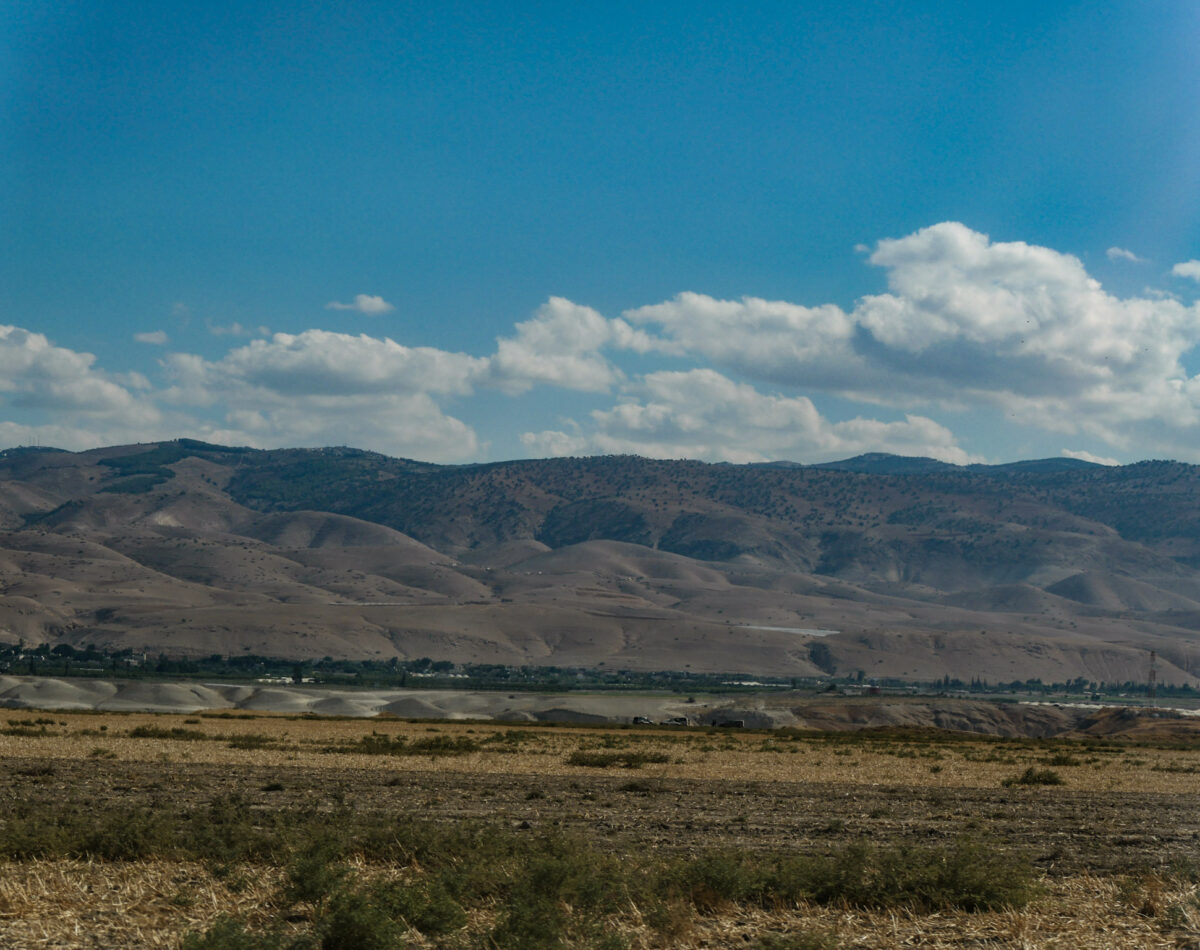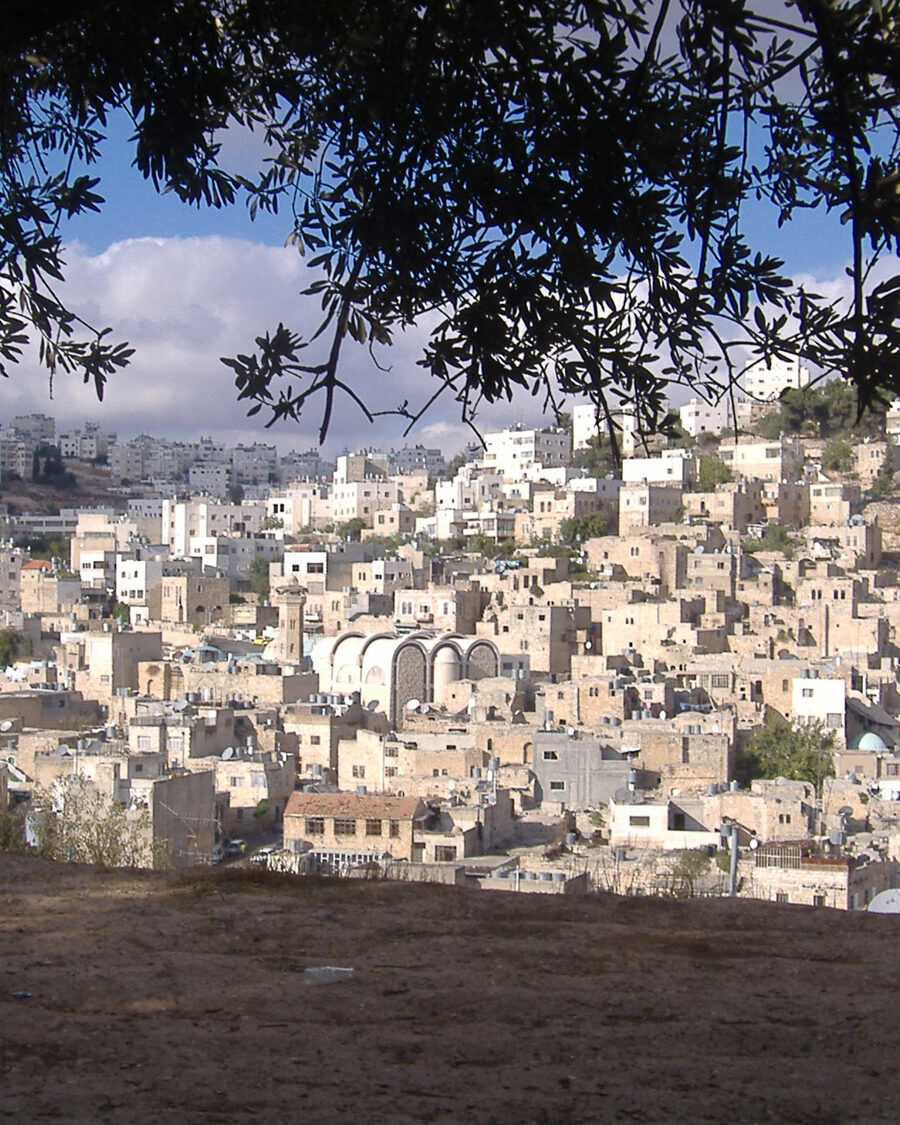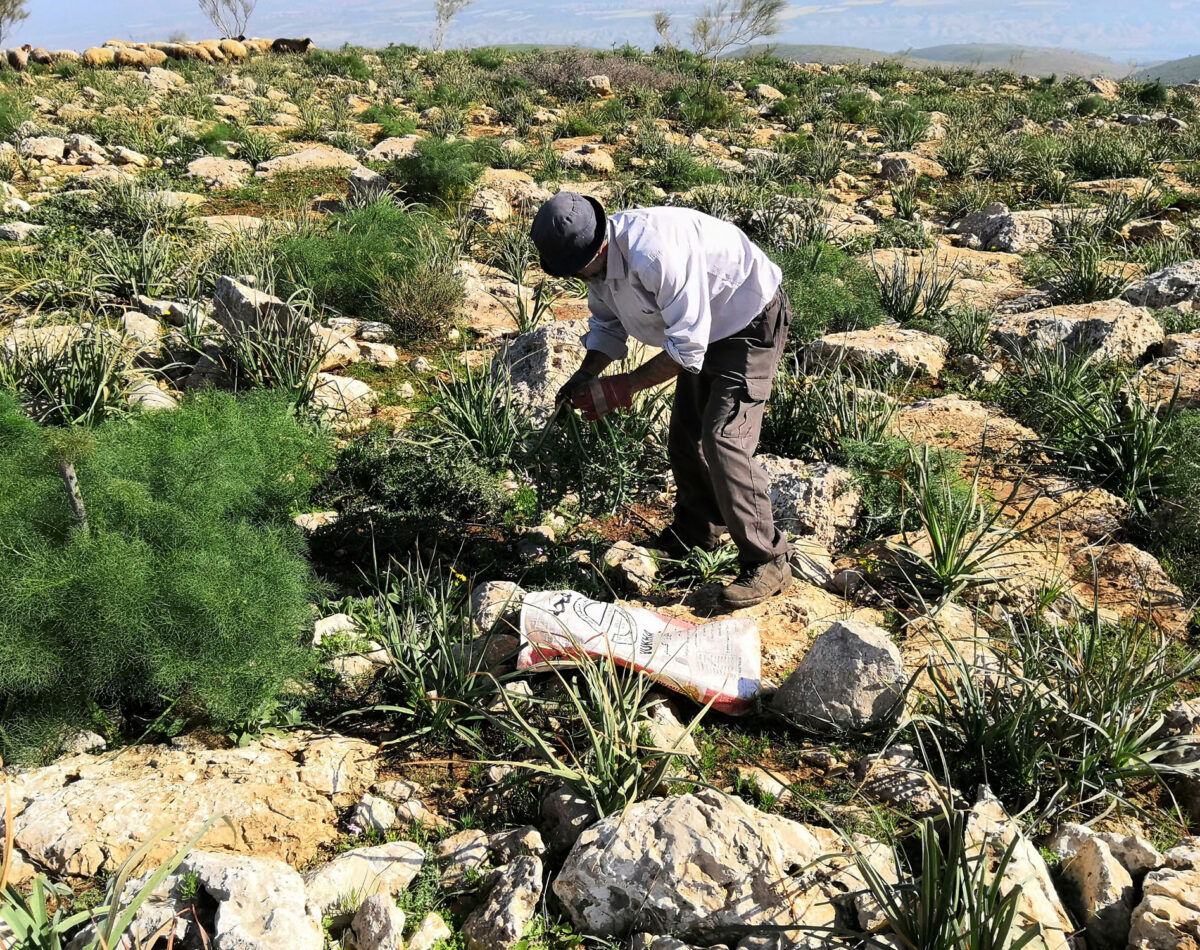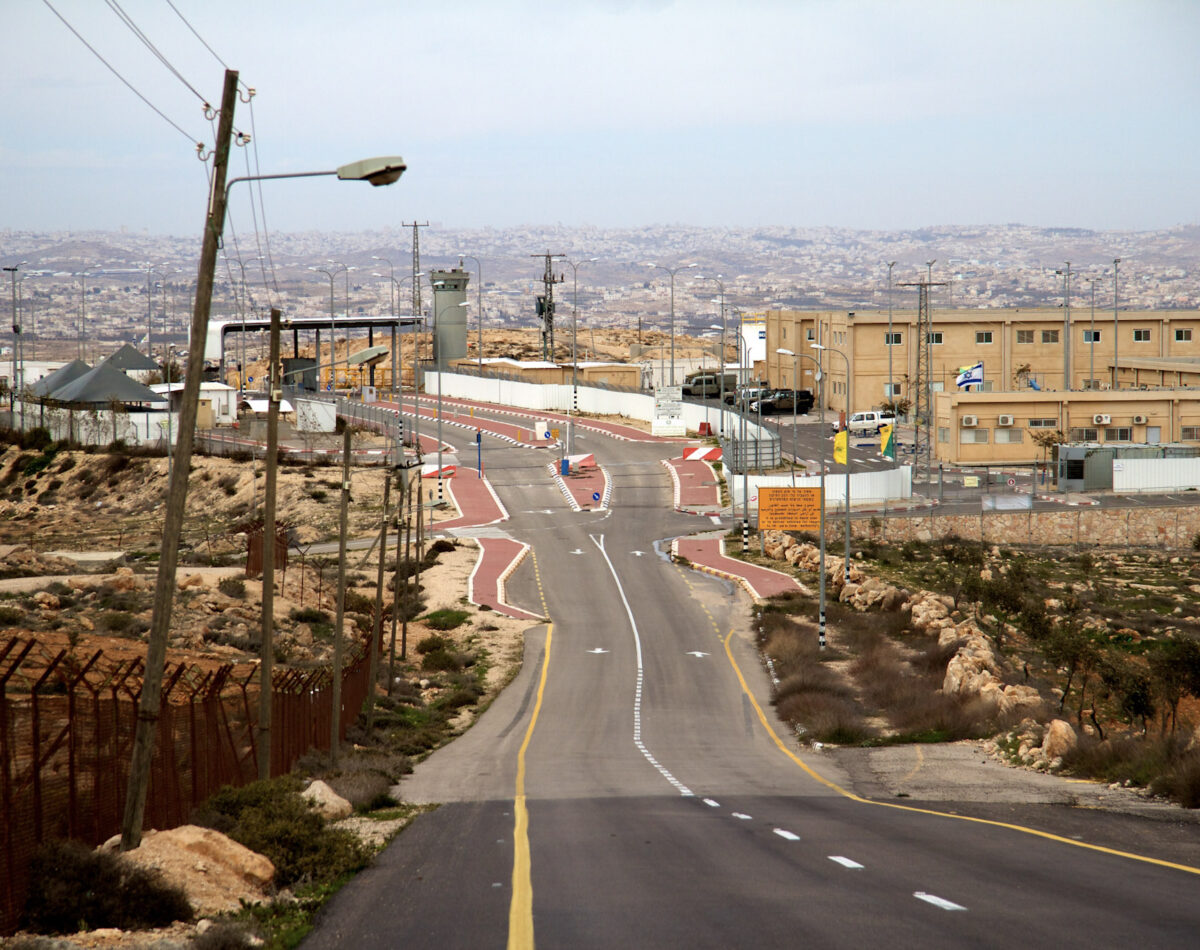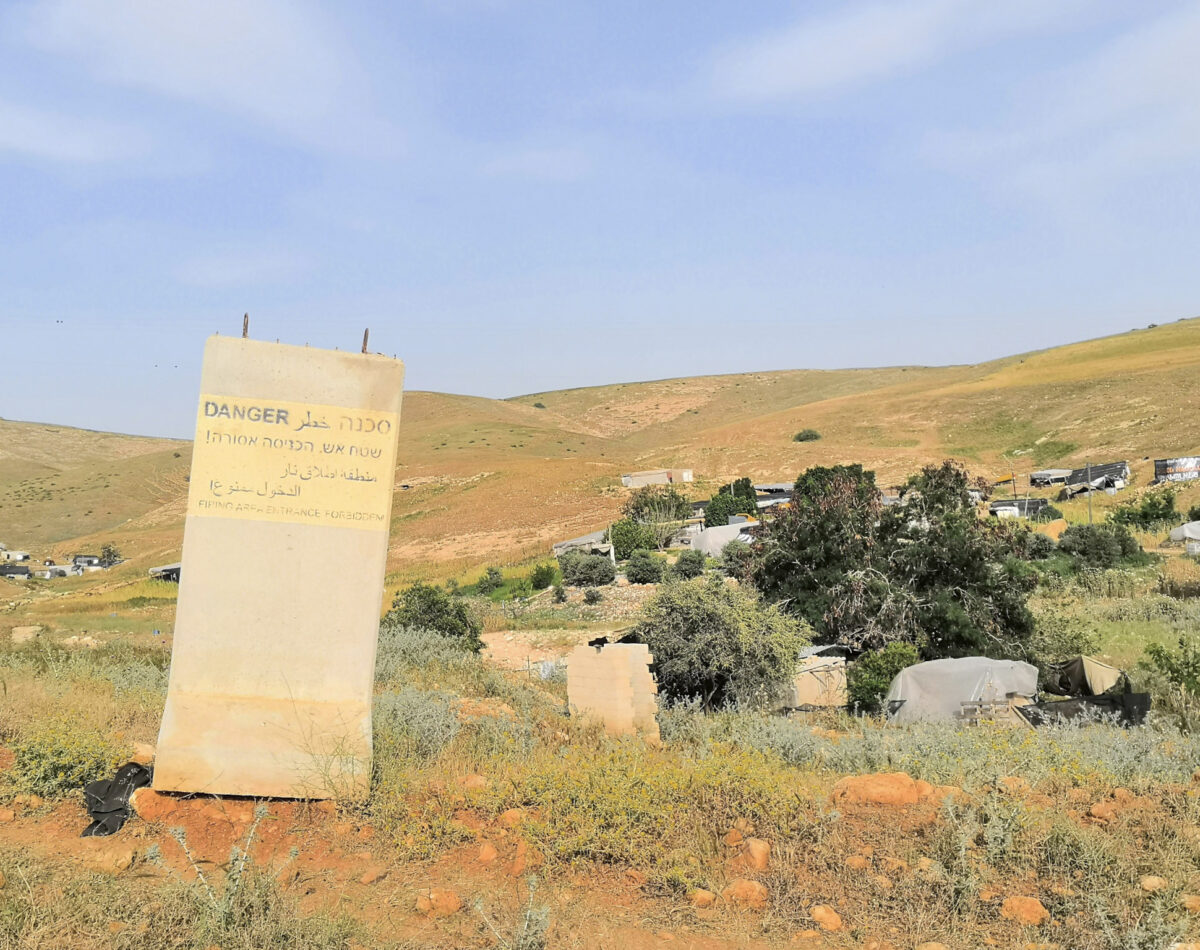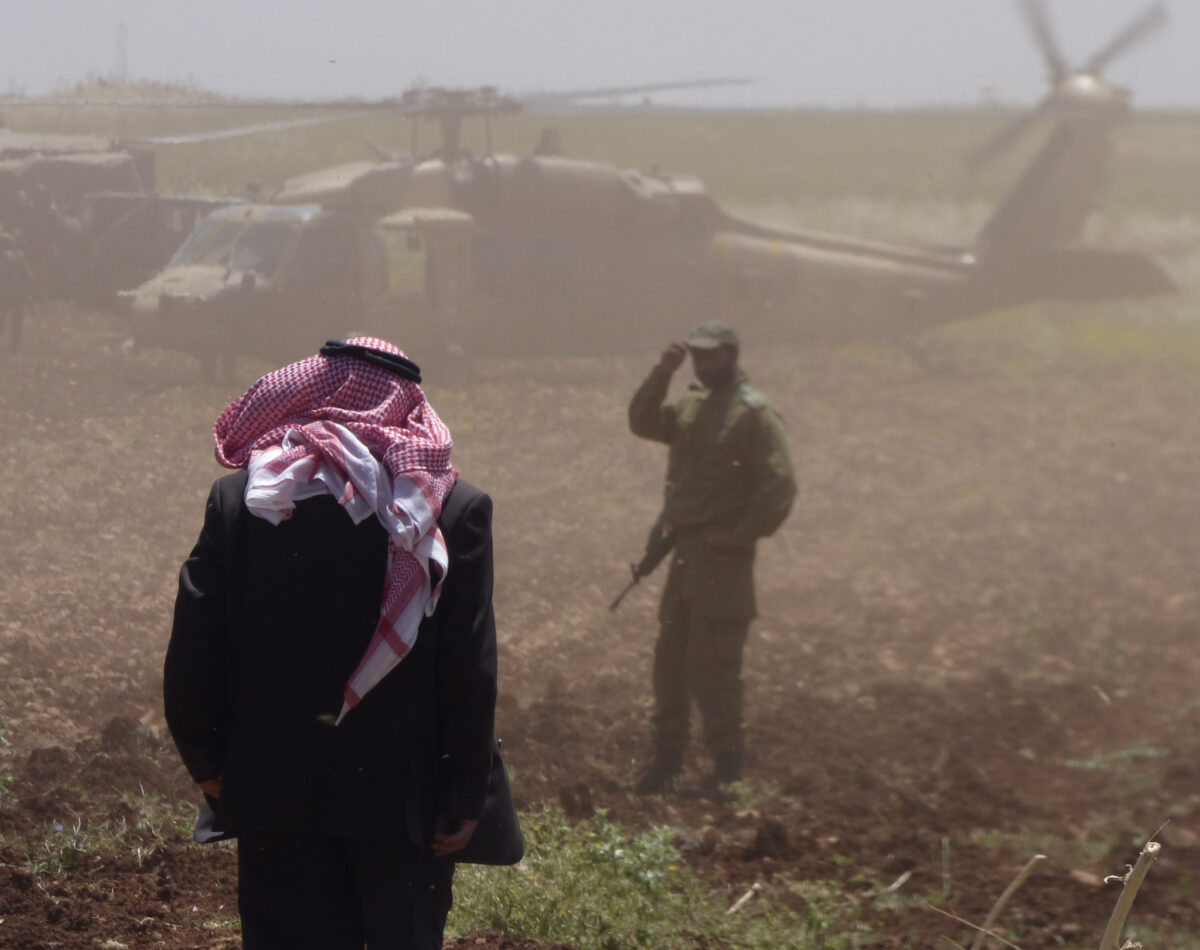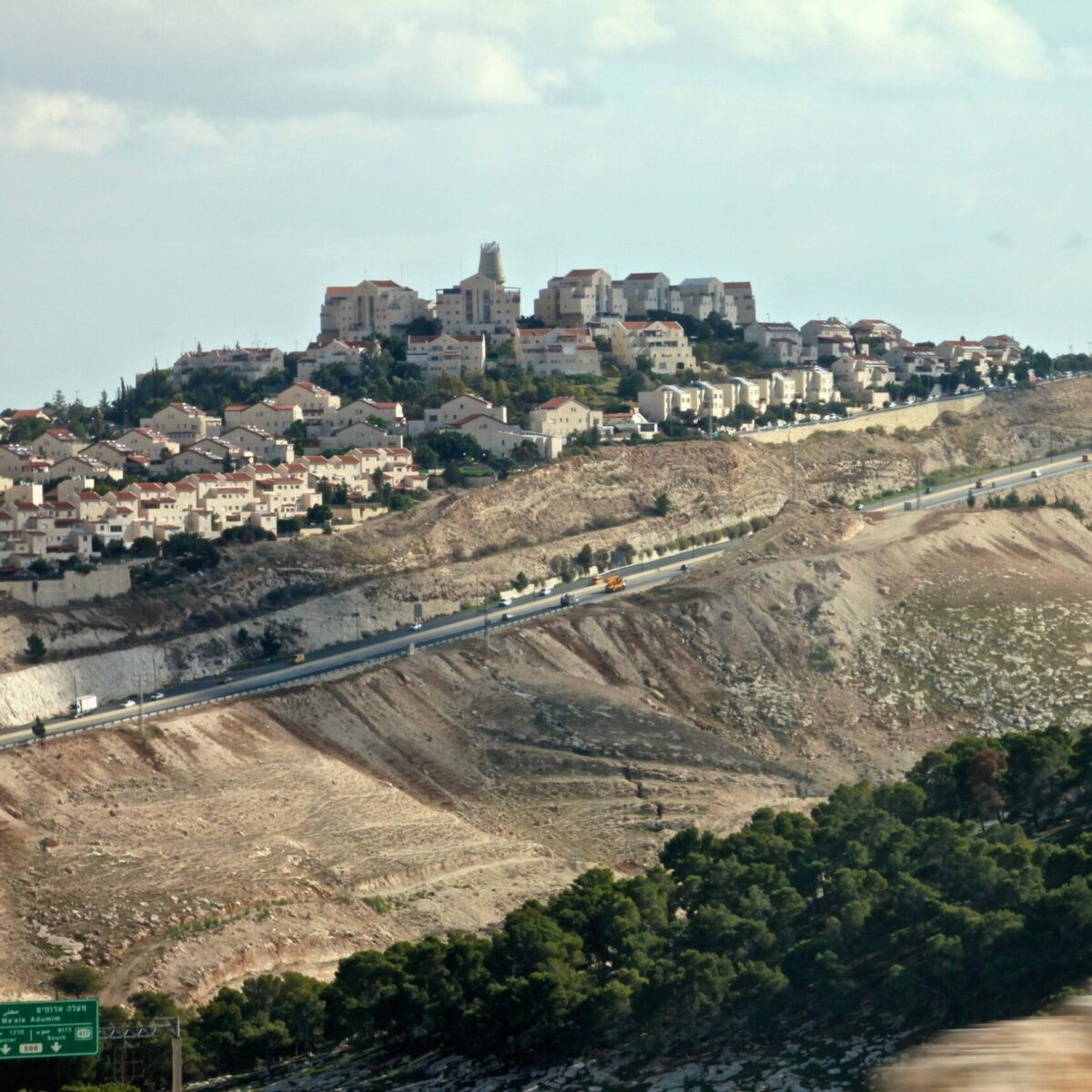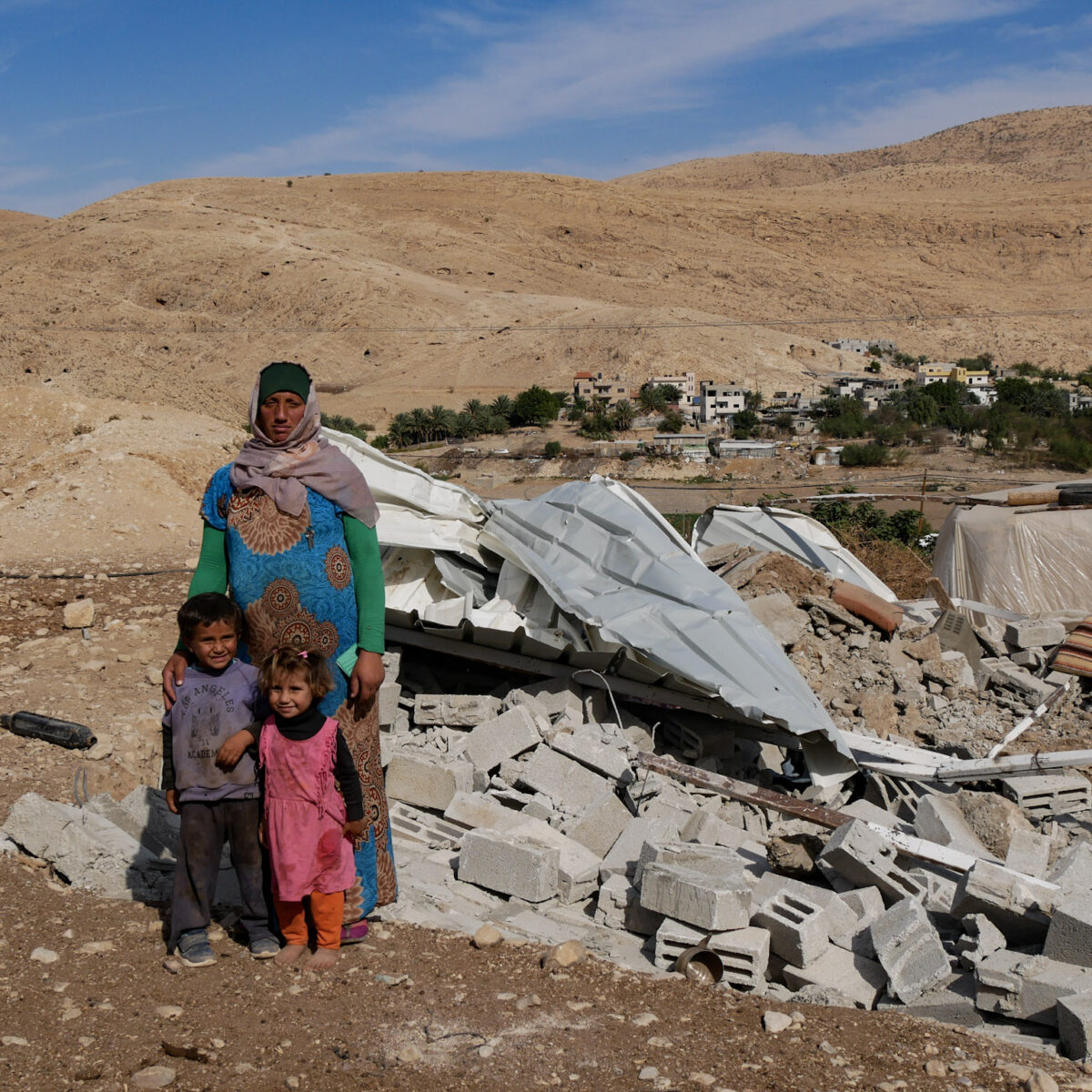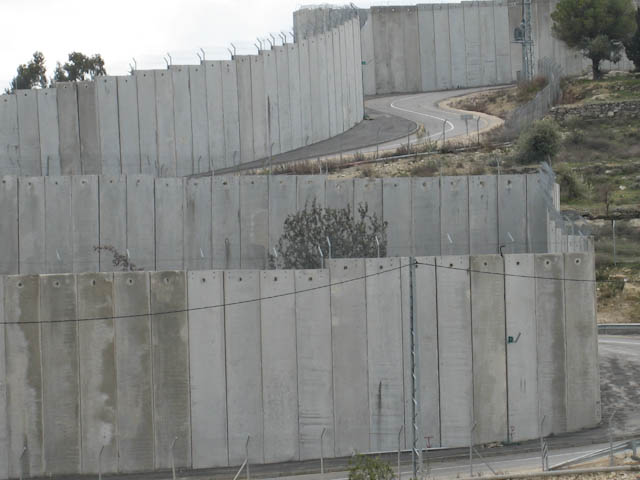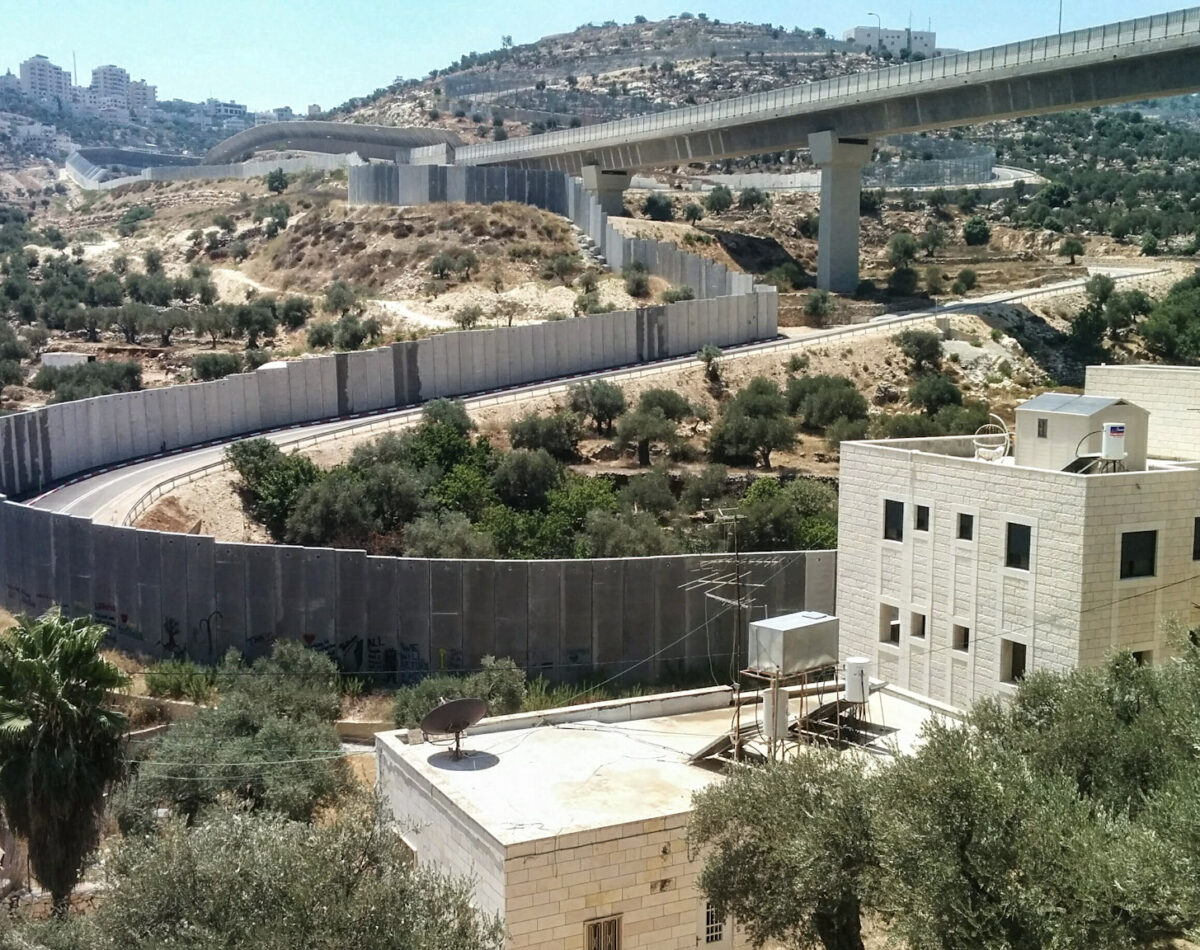The West Bank is a landlocked territory between Israel and Jordan. Along with Gaza, it makes up occupied Palestine. It covers over 5,000 square kilometres and has a varied landscape, ranging from the sea-level Jordan Valley, to the mountainous terrain surrounding Jerusalem.
The Israeli occupation of the West Bank, including East Jerusalem, began in 1967, when they were captured by the Israeli military during the Six-Day War with the neighbouring states of Jordan, Egypt and Syria. East Jerusalem was eventually annexed in 1980 (a move which has not been recognised by the international community), but the rest of the West Bank has remained under direct Israeli military control.
The military occupation has had catastrophic consequences for the millions of Palestinians who live under this regime of martial law. The many human rights abuses that are carried out by Israeli settlers and soldiers on a daily basis here are not subject to the checks and balances of civil law.
In 1993 and 1995, the Oslo Accords were signed between Israel and the Palestinian Liberation Organisation. The Accords set up a new autonomous Palestinian administration, the Palestinian Authority (PA), which was to take control of certain areas of the West Bank.
As a result of the Accords, the West Bank was divided into Area A, B and C. Areas A and B were defined by their dense Palestinian populations. Area C included vast rural areas with scattered Palestinian communities, a small number of Israeli settlements – and vitally – most of the region’s natural resources.
The Oslo Accords designated the region as follows:
Area A: 18% of the West Bank
18% of the West Bank would be under the military and civil control of the Palestinian Authority
Area B: 22% of the West Bank
22% of the West Bank would be under joint PA civil control and Israeli military control
Area C: 60% of the West Bank
60% of the West Bank would be under the military and civil control of the Israeli military.


